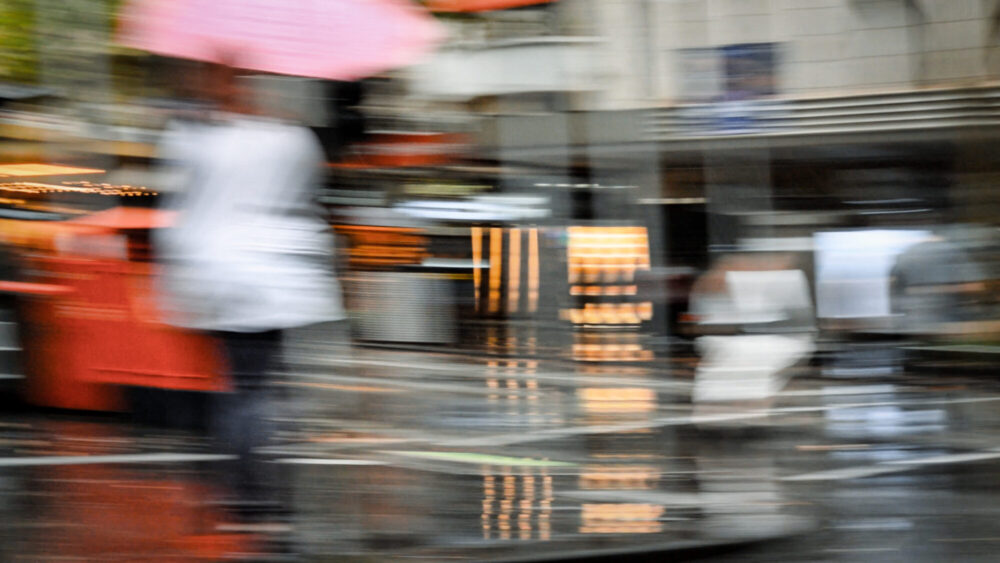Dance (Lens) 2025 — ReelDance Retrospective
Curated by Erin Brannigan
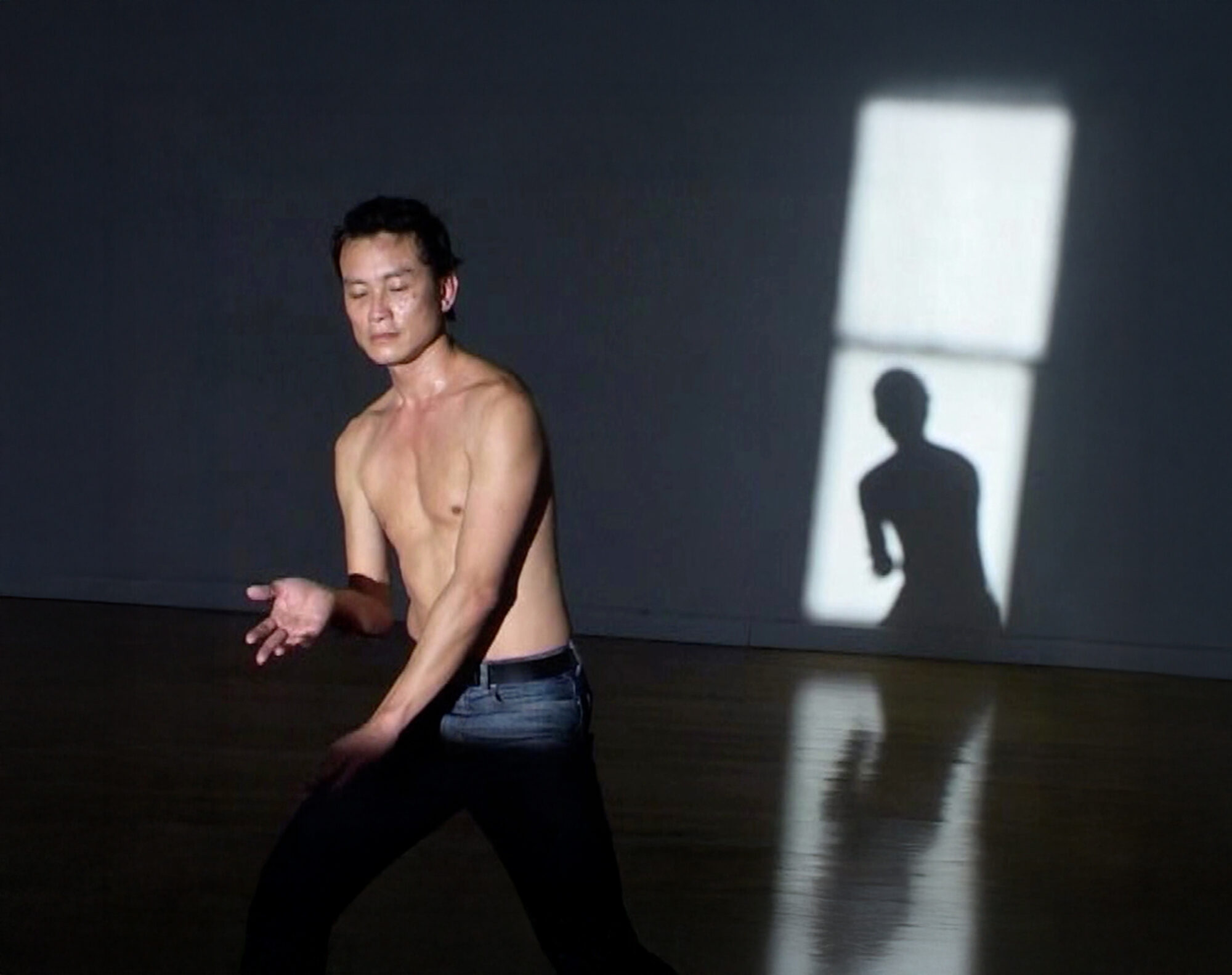
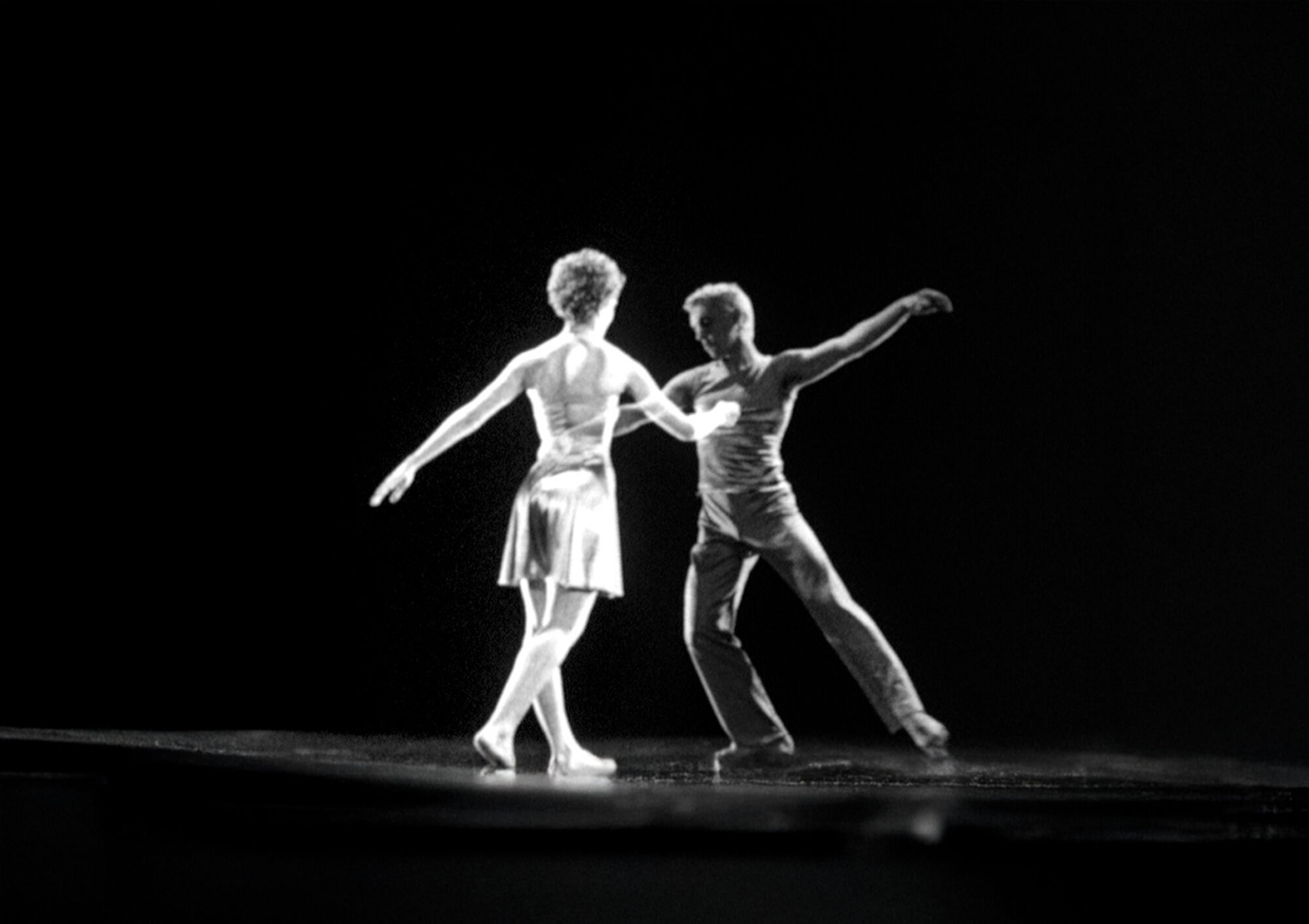
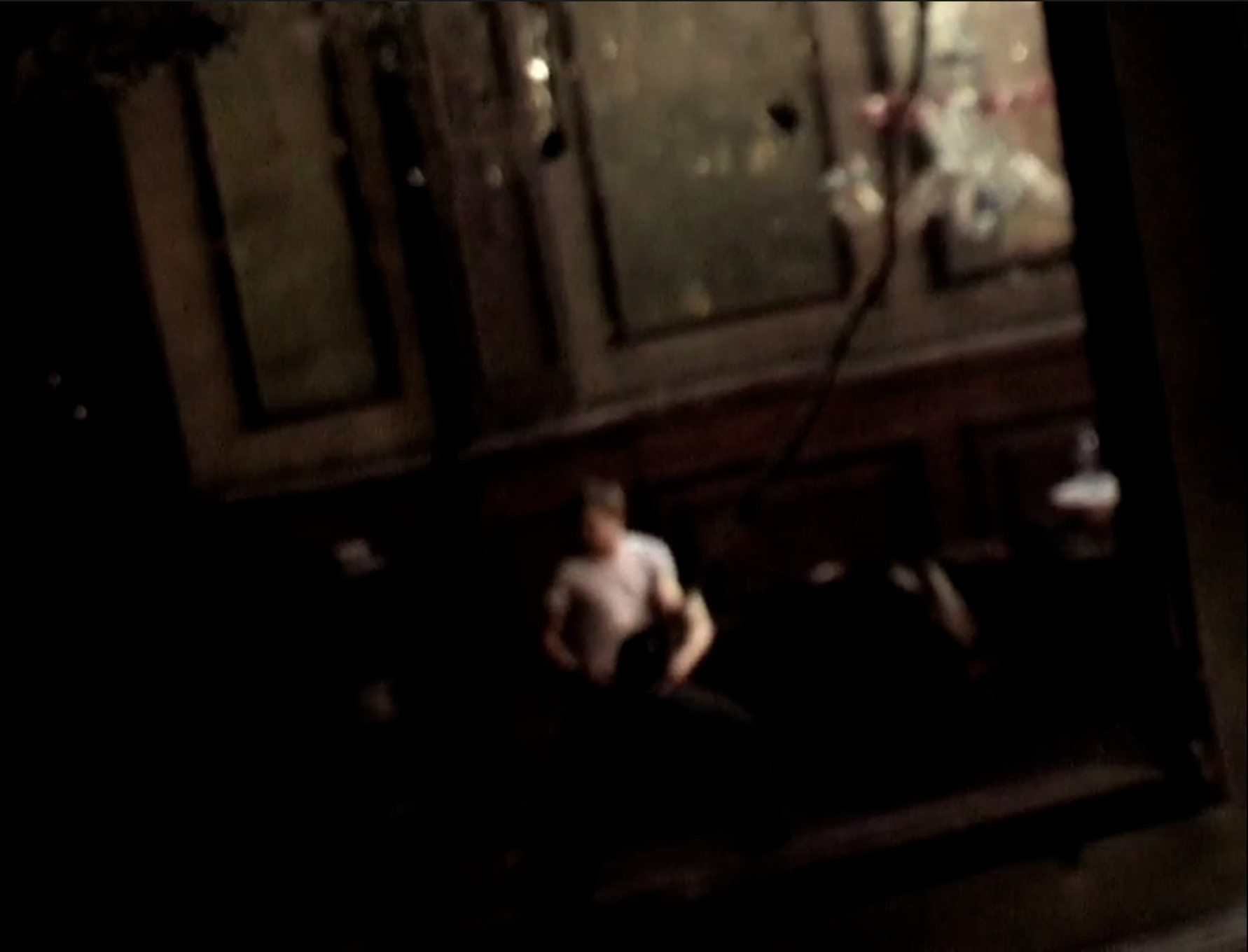
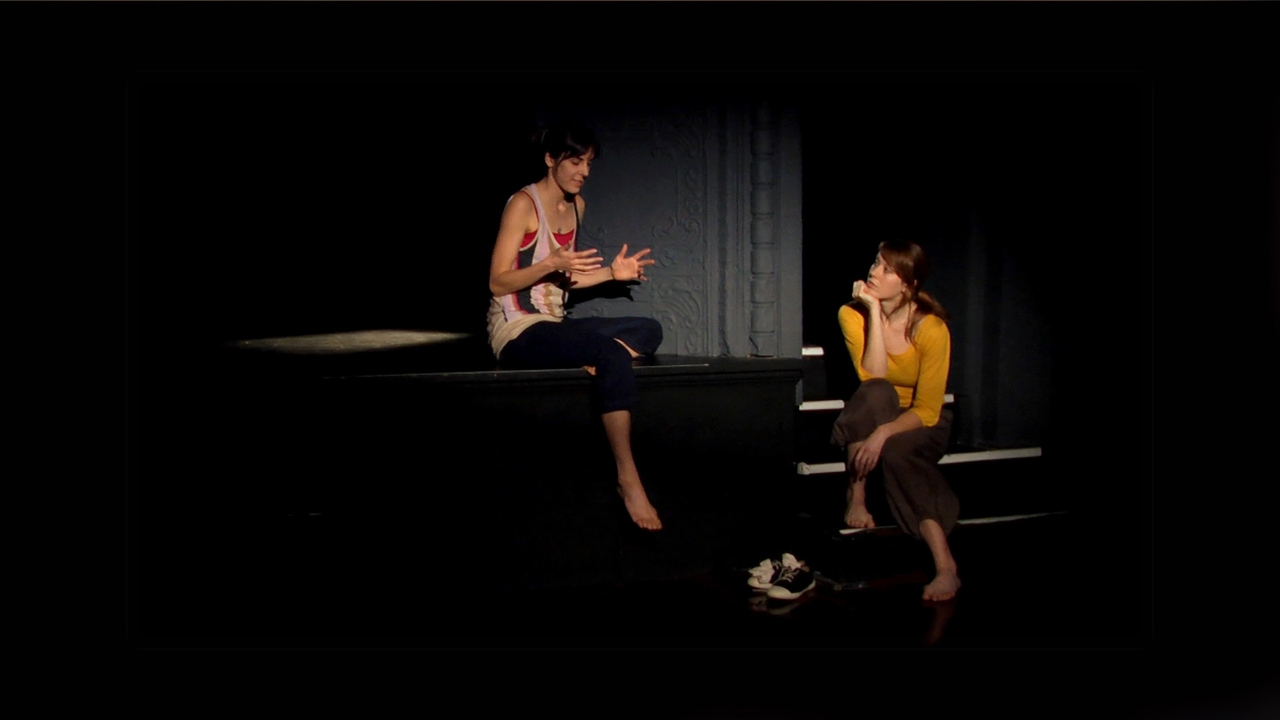
![Interior by Jessica Wallace [1997]](https://www.dancehouse.com.au/wp-content/uploads/2025/05/040158FC-2972-40F2-91C2-5A8248AFF418_1_105_c.jpeg)
A selection of works curated by Erin Brannigan celebrating her tenure as founding director at ReelDance. This retrospective features works by Victorian-based artists who participated in ReelDance with directors and choreographers including: Margie Medlin, Jessica Wallace, Sandra Parker, Dianne Reid, Tony Yap, Cobie Orger, Michelle Heaven, Gideon Obarzanek, and Siobhan Murphy.
This skin between us (2012), by Siobhan Murphy
this skin between us traces the visceral play of communication between two dancers as they chat and rehearse in the Dancehouse studio. The gestures and micro-movements of their conversation are extrapolated into choreography.
Choreographer Siobhan Murphy and dancers
Performers Jo White, Michaela Pegum
Camera Dominic Redfern
Sound MRSPEAKER
It’s true (2012), by Paul McNeil
Performers Kirstie McCracken
In absentia (2001), by Margie Medlin
Set in an old power station once alive with the whirr and hum of electrical generators, this cavernous space offers a haunting setting for a dance film about memory and loss, presence and absence.
Director Margie Medlin
Choreographer Sandra Parker
Cinematographer Sion Michel
Sound Amelia Barden
Performers (contributor) Michelle Heaven, David Tyndall, Gerard Van Dyck, Nicole Johnston
Olase’s dance (2001), by Louise Taube
Olase’s Dance is a poetic dance film that explores memory, identity, and the body in motion. Performed by the captivating Olase Freeman, the work captures the emotional terrain of lived experience through powerful and nuanced movement. Directed and edited by Louise Taube, the film blends contemporary dance and cinematic storytelling to evoke a sense of quiet resilience and expressive freedom. With an emphasis on gesture, rhythm, and the physical landscape, Olase’s Dance invites viewers into an intimate journey of presence and transformation, where movement becomes both a language and a liberation. A tribute to artistry, collaboration, and the human spirit.
Director Louise Taube
Performer Olase Freeman
Interior (1997), by Jessica Wallace
Interior considers the outer shells that we employ to shield our most inner thoughts and feelings and a desire to protect the innocent from the unravelling of such complexities.
Director Jessica Wallace
Choreographer Michelle Heaven
Composer Andy McGloin
Performers / Contributors Keith McGloin, Michelle Heaven, Andy McGloin and John Leatheart
Sink (1997), by Rohan Jones and Fiona Cameron
Everything was exactly in its place until it wasn’t. Framed in a tiny bathroom, an obsessive routine is underway. Surveying every detail, a woman is trying to keep in control.
Director Rohan Jones and Fiona Cameron
Choreographer Fiona Cameron
Composer Mik La Vage
DOP / Editor Jon Webb
Tony (2007), by Dianne Reid
In 2005, the Dance Path “living archive” project celebrated 13 years of Dancehouse. 22 independent performance artists were invited to physically recall their history with the venue, in duet with the camera. This is a translation of Tony Yap’s “reponse.”
Director Dianne Reid
Composer Mark Lang
Performer Tony Yap
Standing unempty (2006), by Cobie Orger
Among the cobwebs, decay and leaking light, lingers the silent voices of time past. Against the walls the recollections shift and change, the voices silent but seen. Moving softly, these moments of past are themselves a movement against the grain of time.
Director Cobie Orger
Performer Alisdair Macindoe
Read the ReelDance Curatorial Essay by Erin Brannigan in the read more tab below.
Find out more about the ReelDance Program:
>>> Check out the full suite of ReelDance programs
>>> Explore the ReelDance Moving Image Archive
>>> Read the RealTime coverage of ReelDance
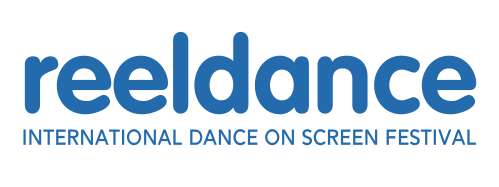
ReelDance Retrospective: Curatorial Essay
By Erin Brannigan
This program of dancefilms represents a certain and specific period of work in this field in Melbourne 2000-2012 when, as elsewhere in Australia and the rest of the world, a new genre of short films called dancescreen appeared. Such films were being commissioned by broadcasters, supported by arts funding bodies, self-funded by choreographers and directors, and filled bespoke events and festivals that formed an international touring platform for the work. This new form was important in raising the visibility of dance and dance artists, but was also understood as a new intermedial art form that encompassed documentaries and referenced video art as it had emerged since mid-twentieth-century, as well as other screen forms such as music video. Academic books and articles were written, a journal set-up, media reviewed festivals such as Australia’s ReelDance International dance Screen Festival, and other national programs such as the exhibition 24 Frames Per Second at Carriageworks in 2015 kept the art form visible.
Dance screen had previously appeared in programs at Performance Space and Dancehouse since the 1990s; Steps 1 1994, Next Steps 1995, Intersteps 1996 and Antistatic 1997 at Performance Space, and Dance Lumiere 1997, 1998, 1999, Bodyworks on Screen 2000 at Dancehouse, (the latter 2 in partnership with Cinemedia). These programs involved curators Mathew Bergan, Tracie Mitchell, Leisa Shelton, Michelle Mahrer and myself (I curated my first dance screen program for Performance Space in 1997 and Dancehouse in 1998). It is hard to imagine the ReelDance films presented here existing without the cultural context of Dancehouse, Arts House and ACMI where ReelDance was presented, and the excellent coverage of RealTime that provided a discursive container for the works. In fact, the Dancehouse building at 150 Princes St, North Carlton, features in 3 of the films in this program.
Throughout the early 2000s, the shift to installation work followed live dance into the gallery and museum, but things went a little quiet internationally until a revival in the early 2020s driven, to a large extent, by the hyper-visibility of dance online throughout and following the Covid-19 pandemic. Recent programs include the primarily online Dance Cinema programming, Flow in Adelaide 2022, and RealReel at the Substation in Melbourne in 2022. Dance (Lens) at Dancehouse in Melbourne has been programming events since 2020 and throughout the pandemic and has become a hub for local makers with its workshops and industry events as well as a connection to the international scene through partnerships. I am very honoured to have been asked to create a Melbourne retrospective of ReelDance for Dance (Lens) 2025.
ReelDance ran from 2000-2012, and over its 12 years it encouraged and supported a rich field of practice at the dance-screen interface. ReelDance played an important role in defining the field both nationally and internationally. It was an international festival and installation program (in alternating years) that partnered with organisations across Australia and New Zealand and toured to 12 cities at its peak. International partners included Videodanza in Barcelona, Napolidanza in Naples, Cinedans in Amsterdam, Monaco Dance Forum, Tempo in Christchurch, and dança em foco in Brazil. Funded by the Australia Council for the Arts, Create NSW, NSWFTO and Screen Australia, it supported new work through commissions and workshops, and hosted mentors such as Miriam King, Pascal Magnin, Wim Vandekeybus, Margie Medlin, Miranda Pennell, Thierry de Mey, Katrina McPherson, Simon Fildes and David Hinton. It’s collection is archived at UNSW Library.
Screendance can often give an indication of the direction in which live dance can be heading in a local scene due to its relative ease of production; a general sense of what’s relevant, what’s needed and where we are as a broad community. The filmmakers, choreographers and dancers in the films represent a cross-section of those involved in the Melbourne dance scene during this period, including both independent artists and companies. For this reason alone they hold value for Australian arts community and screening the films to an audience brings past communities of creativity into the present ones. The films themselves demonstrate an attention to cinematic languages and traditions, informed avant-garde approaches, and some assumptions and challenges regarding what constitutes ‘dance’ or ‘choreography’ in relation to both techniques of the body and filmmaking. Hopefully they will inspire more excellent work in this field from Melbourne artists.
Erin would like to thank Dr. Caroline Wake for her research support on this article, and Justine Shih Pearson, Amanda Card, Joshua Wright, Siobhan Murphy and Alessio Cavallaro for editorial support. She would also like to thank Glenn Thompson for the ReelDance jingle.

![The_ongoing_process_of_trying_to_make_sense (2023), by Martin Klukas [Germany]](https://www.dancehouse.com.au/wp-content/uploads/2025/05/the-ongoing-process_-mesmilling-two_-copy-1000x562.jpg)
![MisFit (2023), by Conner Bell [USA]](https://www.dancehouse.com.au/wp-content/uploads/2025/05/MisFit_10-1000x500.jpg)
![Noora (2023) Anna Kekkonen [Finland]](https://www.dancehouse.com.au/wp-content/uploads/2025/05/NOORA-Credit-Anna-Kekkonen-In-photo-Noora-Vastinen-2-1000x563.jpg)



